On 10 November 1918 at 6am, the German Emperor Wilhelm II arrived at the Belgian-Dutch border, after having started his journey in Spa, Belgium. The next day he was allowed to enter The Netherlands. In the morning of 11 November 1918, at 9.20am, the train could continue its journey. Via several Dutch cities, at 3.20pm the railway station of Maarn in the Province of Utrecht was reached. Lots of people lined the route. The journey to Amerongen Castle, in Amerongen, was continued by car. The German Emperor and his companions were received by the owner of the castle, Count Godard of Aldenburg Bentinck and three of his sons. The Emperor was supposed to stay for a few weeks, but didn’t leave until May 1920.

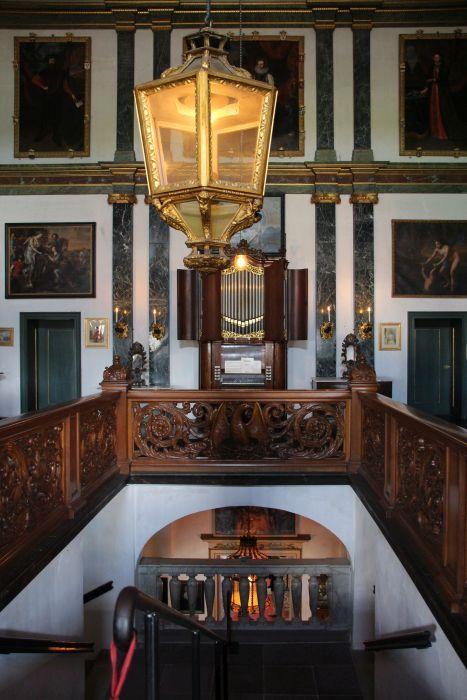
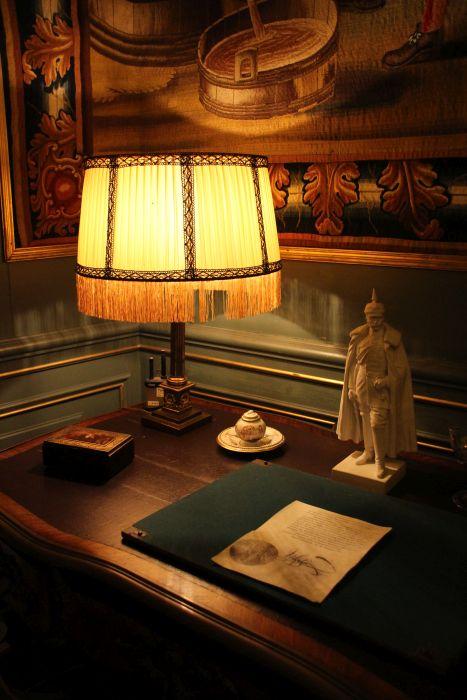
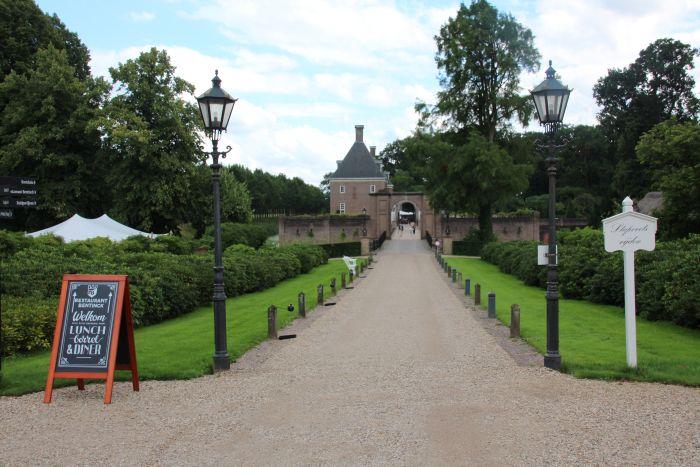
History
Already in the 13th century, a noble residence stood on the spot of the present castle. In the year 1557 Goert van Reede bought the property and his descendants would be in the possession of it for several centuries. After the French troops in 1673 had burned down the medieval castle, Margaretha Turnor, the wive of Godard Adriaan van Reede immediately made plans to rebuild it. The result was a Dutch baroque style castle, designed by the architect Maurits Post.
The son of Godard Adriaan van Reede and Margaretha Turnor, Godard van Reede-Ginckel was part of the troops that came to England, Scotland and Ireland with King-Stadtholder William III in 1688 – the Glorious Revolution. He received the English nationality, became member of the Parliament. Most important, he received land in Ireland and the titles of Earl of Athlone and Baron of Aughrim. The connections to the Dutch royal family remained. When in 1795 the French again conquered the Netherlands, the family followed Stadtholder Willem V to England.
The last Earl of Athlone died in 1844. In female line, Amerongen Castle in 1879 came into the hands of Count Godard of Aldenburg Bentinck. The house was modernized and the architect P.J. Cuypers made changes to the house. Count Godard was the one, who in 1918 opened his house for Emperor Wilhelm II, who signed his official abdication at the castle. Godards daughter Elizabeth, in 1920, married Sigurd von Ilsemann, adjutant of the Emperor. After the death of the Emperor in 1941, the couple once again lived at Amerongen Castle. Godard himself had died in 1940. His descendants were the owners of the castle until 1976, but sold the property, the interior and its gardens in 1977 to the Stichting Utrechts Kastelen (Foundation Utrechter Castles). Since 1982 the Stichting Kasteel Amerongen (Foundation Amerongen Castle) takes care of the historical castle and gardens.
Kasteel Amerongen
Drostestraat 20
3958 BK Amerongen
The Netherlands
https://www.kasteelamerongen.nl/
The museum is open from Tuesday to Sunday 11am-5pm. Guided tours only from Tuesday to Friday.

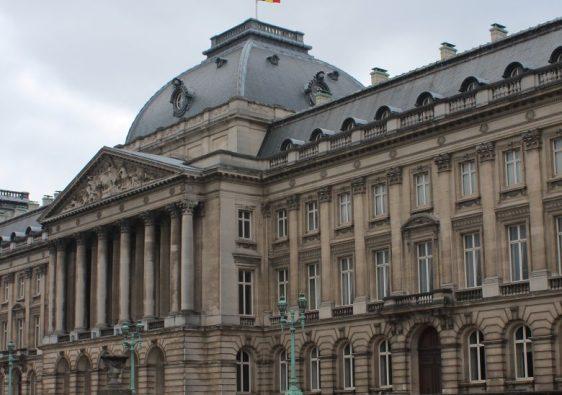
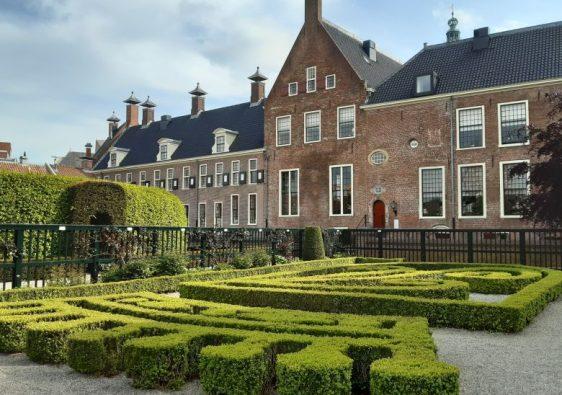
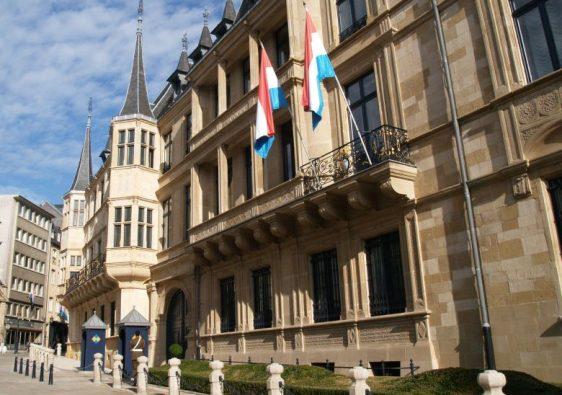

[…] in the footsteps of Emperor Wilhelm II of Germany, and on 29 July 2023 discovered the castle of Amerongen and Huis Doorn, where he lived in the last 23 years of his […]